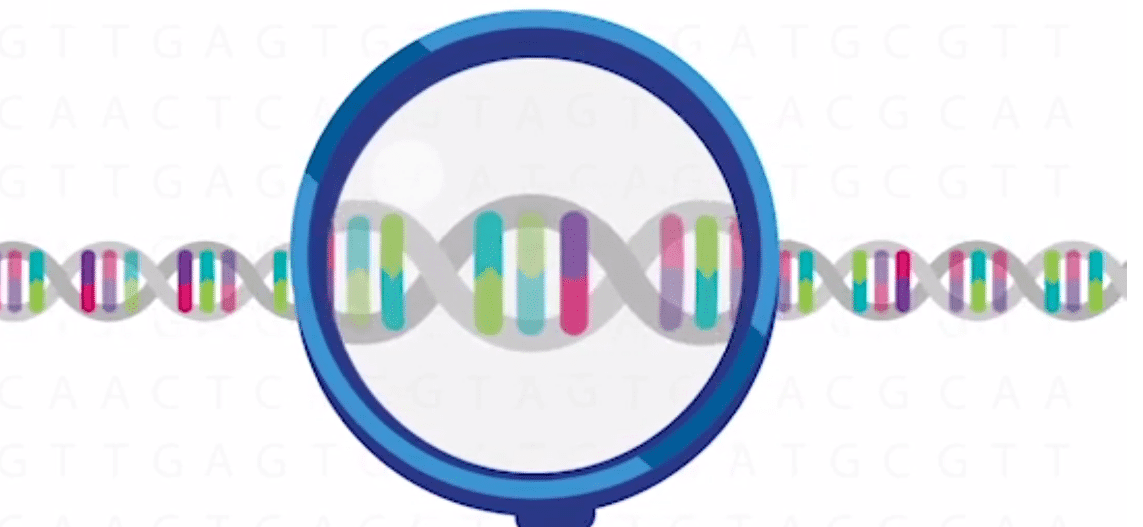
Thanksgiving — it’s a time for friends, family and, of course, food.
Thanks to modern science, we now know quite a lot about the foods that grace our holiday tables. Over the last few years, scientists have worked hard to sequence many common Thanksgiving foods: turkeys, potatoes, corn, apples, wine grapes, and many more (an attractive slideshow highlighting some of these food genomes is available here).
The sequencing of these holiday foods isn’t just an academic exercise; the hope is that new knowledge will lead to hardier and more nutritious crops. Furthermore, the old adage “you are what you eat” has proven very true as insights into food genetics have translated into useful medical knowledge because of the underlying DNA similarities. For instance, the transposon (genes that move around) were first discovered in corn, a discovery that earned Barbara McClintock her Nobel Prize. Transposons are now understood to play an important role in disease and in brain genetics.
Because of the strong selection pressure on food crops, careful breeding and, more recently, genetic engineering, the genomes of these food items are constantly and quickly changing. Potatoes and tomatoes are wildly different plants, and yet are only separated by a mere 10 million years of evolution. (Yes, 10 million years is “mere” on evolutionary time scales.)
Don’t blame the turkey
Did you know tryptophan has a bad, but undeserved, rap? This essential amino acid is not to blame for your post-Thanksgiving meal slumber. Turkey has no more tryptophan than chicken or many other foods. Your food coma has more to do with your large portions of carbs than tryptophan.
The turkey has undergone some particularly astounding changes since the time of your grandparents’ childhood Thanksgiving meals. The average turkey in 1929 weighed 13.2 pounds, whereas the average turkey today is 29 pounds. Attribute this to careful breeding and the introduction of artificial insemination in the 1960’s. (Apparently birds over 30 pounds have trouble mating).
Whether you find these changes to your dinner table troubling or exciting, it is likely that such changes will continue. With more knowledge about the genetics underlying our foods, the gates of genetic engineering are opening wide. For farmers hoping for heartier and healthier crops, this may indeed be something for which to give thanks, but the full extent of possibilities and risks are yet to be seen.

